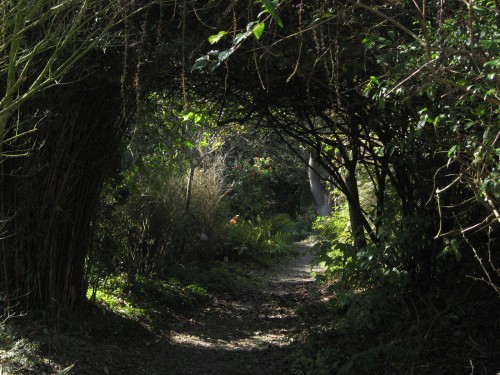
by Daniel Doen Silberberg | Feb 17, 2013 | Uncategorized, Zen
From one point of view life is a story. When we forget the story life is music. In music no note is more important than any other – it is all song. In the same way, in our lives, every moment is as important as any other and no moment will ever be more important than any other.
We search for meaning, engagement, fulfillment. This is the story. When we forget the story there is no need to search. Meaning, engagement and fulfillment are just names for this moment.
Meaning is specifically meaningless. Meaning is all around us. The point is pointless and the Way extends everywhere and everywhen.
Photo by Daniel Doen Silberberg
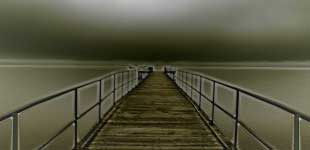
by Daniel Doen Silberberg | Feb 3, 2013 | Uncategorized, Zen

In early morning rain,
it has become invisible,
the little path.
Yosa Buson 1716 – 1784
Would we prefer it if the little path were more visible? Would we like it if we too were different? And then there is our very life and death that we might like to alter the nature of.
How will we change this little path? With Gods. with Buddhas, with heroes and villains?
Or can we join Master Buson and appreciate this little path just as it is?
The path that transcends all descriptions.
The path that is always in front of us.
The Way.
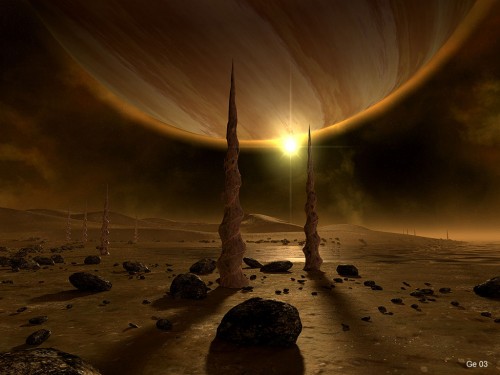
by Daniel Doen Silberberg | Jan 21, 2013 | Uncategorized, Zen

Generally speaking, religion is often tied to some discrete past event: a miracle, the manifestation of a deity, or the enlightenment experience of the Buddha.
On the other hand, science, technology and art are based on an evolving understanding. For instance, the union of human and machine thinking and the exploration of our universe and extraterrestrial life may radically alter our idea of the possibilities inherent in the self and reality are.
Although science, technology and art are not religious approaches, they include a limitless spirituality as we uncover an endless and ungraspable reality.
Rather than the religious approach, Lost Coin is based on this spiritual dimension.
It does not mean we are discarding the past but hoping to “stand on its shoulders.”
Zen’s past does not address psychology, cognitive science or questions of evolution and intelligence. We are beginning to incorporate all this in order to develop a practice that is more objective and based not on what the lineage was but on the integrity of how it manifests through its participants now.
It is easy to see what is necessary if we are willing to look. Although we can see realization as an incredible foundation, our clarity and action need to continuously to evolve.
For some, this approach may be disturbing, We often desire fixed answers and stances. We take comfort in foregone conclusions.
This is also true on the level of our daily practice. Clinging to the known, feeling that all answers come from the past, wanting pat solutions are the result of fear and self protection. This limits our lives and our practice.
Maezumi Roshi often told me that he was “dissatisfied with his understanding”. I hope we too can be dissatisfied and walk through the gateless gate.
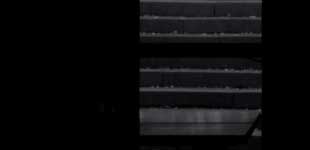
by Daniel Doen Silberberg | Jan 6, 2013 | Uncategorized, Zen

The aim of Zen practice is the return to our normal state of mind. Although people often associate Zen with “special states of awareness” the truth is that the “special” state is the one we are in now. Blown around by fear and its weaker brother anxiety, led by greed, blame and self doubt we live in a state that can be thought of as akin to sleep.
To make matters more difficult, there is a guardian, sometimes depicted as a kind of dragon or wearing a dragon’s mask whose function is to frighten us or give us feelings of discomfort as soon as we challenge our state of sleep.
The practice of the way of realization is leaving our “special state” and returning to our normal state: stuck to nothing, free of notions. It is seeing what has always been right in front of us.
Unfortunately, as soon as we stir in our sleep the one in the Dragons mask is right there. He doesn’t need to frighten us badly. We are not that strong. He simply reminds us of all the reasons that we cannot really pursue the Way, of the responsibilities we need to attend to and how much others things and people in our life must be given priority. He reminds us of our lack of ability and the unimportance and impossibility of achieving the Way.
Once in a long while an adept arises who pursues the way with integrity and a true and vital commitment. They make no excuses.
That warrior penetrates the Dragon’s mask.
They are the reason this practice is alive.
Photo by Doen
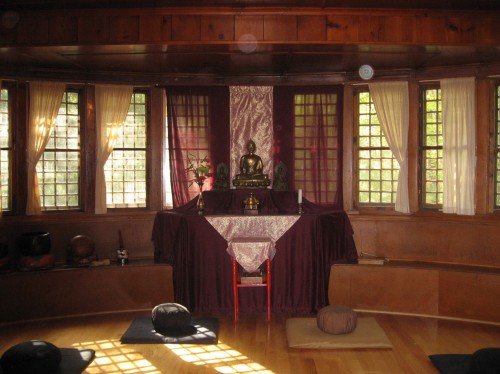
by Daniel Doen Silberberg | Dec 24, 2012 | Uncategorized, Zen
Not to be reached by traveling is the end of the world,
Yet there is no release from sorrow
Unless you reach the end of the world.
The one who is wise and leads a loving life
Begins to know the world. That one will go to the world’s end.
And then he will neither long for this world
Nor for any world.
Shayamuni Buddha
Anguttara Nikaya
With deep appreciation for my teachers and students.
Doen
Photo of Zen Mountain Monastery Ancestors Hall
by Caryn Shudo Silberberg
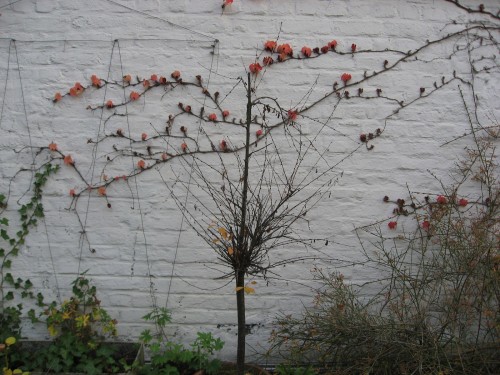
by Daniel Doen Silberberg | Dec 10, 2012 | Uncategorized, Zen
Many years ago Caryn and I received a letter from Maezumi Roshi:
Front side, back side, front side, back side
Autumn leaves falling down
We live in a forest of leaves: front and back, yes and no, up and down
At any moment our leaf may fall to the ground
So what do we choose?
Intimately understanding these very troublesome leaves as realization
is our practice.
Throwing ourselves completely into these leaves is the wonderful practice of delusion.
There is an old saying about swordsmanship:
“One Cut, One Life.”
This is the spiritual sword of total commitment and oneness.
Because there is nothing outside it,
It takes care of everything.
Front side, back side.
Either side is O.K.
Photo by Caryn Shudo Silberberg

by Daniel Doen Silberberg | Nov 25, 2012 | Uncategorized, Zen

“This relativity of mass, space and time is the first scientific indication that physical reality depends in some way upon the observer.
In reality, the vantage point from which we make an observation – a measurement – plays a role in the description of physical reality
for the very reason that space, as such, has no substantive reality.”
Evan Harris Walker
This passage written by a noted physicist shares a territory with our practice of realizing emptiness.
So, how do we live our life and practice day to day in this formless reality?
We free ourselves from the positions, beliefs and ideas that keep us from reality.
If space and time lack a substantive reality, how substantive are our thoughts, opinions, beliefs, positions?
So, the Lost Coin practitioner is a practitioner of reality.
She is not afraid to practice the way of truth.
From the Heart Sutra:
“No eye, ear, nose, body, mind…….no old age and death and no end to old age and death
no suffering, no cause of suffering, no extinguishing, no path, no wisdom and no gain”
Freedom
Photo by Caryn Shudo Silberberg
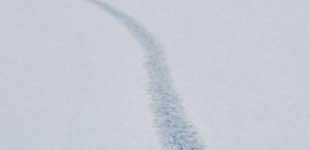
by Daniel Doen Silberberg | Nov 11, 2012 | Uncategorized, Zen
The practitioner of the Way does not change into someone else.
She changes into herself.
She always travels in the right direction because there is nowhere to go.
Perfect and complete, there is nothing to know and no one to be.
Trusting herself , she always rides the horse the way it is going.
Because she is perfect as she is and there is nowhere to go – she rides with assurance .
“Although you understand that the nature of the wind is permanent,” the master replied,
“You do not understand the meaning of its reaching everywhere.”
“What is the meaning of its reaching everywhere?” asked the monk.
The master just fanned himself
The monk bowed with deep respect.
Genjokoan, Eihei Dogen
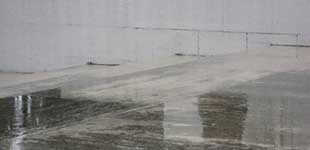
by Daniel Doen Silberberg | Oct 28, 2012 | Uncategorized, Zen

Photo by Caryn Shudo Silberberg
“Mountains and waters right now are the actualization of the ancient Buddha way. Each, abiding in its phenomenal expression, realizes completeness. Because mountains and waters have been active since before the Empty Eon, they are alive at this moment. Because they have been the self since before form arose they are emancipation realization.
Because mountains are high and broad, the way of riding the clouds is always reached in the mountains; the inconceivable power of soaring in the wind comes freely from the mountains.
Priest Daokai of Mt. Furong said to the assembly, “The green mountains are always walking; a stone woman gives birth to a child at night.” Mountains do not lack the qualities of mountains. Therefore they always abide in ease and always walk. You should examine in detail this quality of the mountains walking. Mountains’ walking is just like human walking. Accordingly, do not doubt mountains’ walking even though it does not look the same as human walking. The Buddha ancestors’ words point to walking. This is fundamental understanding. You should penetrate these words.
Because green mountains walk, they are permanent. Although they walk more swiftly than the wind, someone in the mountains does not realize or understand it. “In the mountains” means the blossoming of the entire world. People outside the mountains do not realize or understand the mountains walking. Those without eyes to see mountains cannot realize, understand, see, or hear this as it is. If you doubt mountains’ walking, you do not know your own walking; it is not that you do not walk, but that you do not know or understand your own walking. Since you do not know your walking, you should fully know the green mountains’ walking. Green mountains are neither sentient nor insentient. You are neither sentient nor insentient. At this moment, you cannot doubt the green mountains’ walking.
Water is neither strong nor weak, neither wet nor dry, neither moving nor still, neither cold nor hot, neither existent nor non-existent, neither deluded nor enlightened. When water solidifies, it is harder than a diamond. Who can crack it? When water melts, it is gentler than milk. Who can destroy it? Do not doubt that these are the characteristics water manifests. You should reflect on the moment when you see the water of the ten directions as the water of the ten directions. This is not just studying the moment when human and heavenly beings see water; this is studying the moment when water sees water. This is a complete understanding. You should go forward and backward and leap beyond the vital path where other fathoms other.”
Excerpts from Eihei Dogen’s Mountains and Waters Sutra
I have just returned from the mountains and waters of Europe. A remarkable transformation took place. The mountains and waters became October’s leaves, ducks in Hyde Park, the Tagus river, a reptilian mosaic of cobbles. These wondrous mountains of cobbles, streets of Cologne, Lisbon and London are our true home. In the moment of our return to them, they return to us. Without the delusive cognition that hypnotizes us we find our way to the mountains and waters of our true being.
LIke a tiger returning to the mountain
Like a Dragon returning to the sky
We meet no one along the way.
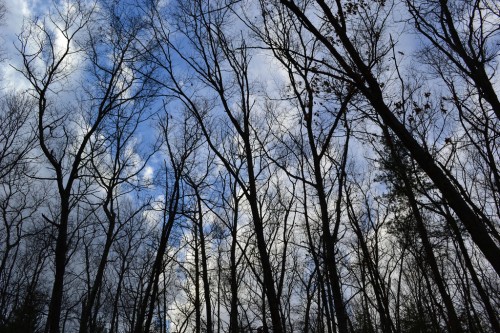
by Daniel Doen Silberberg | Oct 6, 2012 | Uncategorized, Zen
 I have met with but one or two persons in the course of my life who understood the art of Walking, that is, of taking walks, who had a genius, so to speak, for sauntering; which word is beautifully derived “from idle people who roved about the country, in the middle ages, and asked charity, under pretence of going à la sainte terre” — to the holy land, till the children exclaimed, “There goes a sainte-terrer“, a saunterer — a holy-lander. They who never go to the holy land in their walks, as they pretend, are indeed mere idlers and vagabonds, but they who do go there are saunterers in the good sense, such as I mean. Some, however, would derive the word from sans terre, without land or a home, which, therefore, in the good sense, will mean, having no particular home, but equally at home everywhere. For this is the secret of successful sauntering. He who sits still in a house all the time may be the greatest vagrant of all, but the Saunterer, in the good sense, is no more vagrant than the meandering river, which is all the while sedulously seeking the shortest course to the sea. But I prefer the first, which indeed is the most probable derivation. For every walk is a sort of crusade, preached by some Peter the Hermit (1) in us, to go forth and reconquer this holy land from the hands of the Infidels.
I have met with but one or two persons in the course of my life who understood the art of Walking, that is, of taking walks, who had a genius, so to speak, for sauntering; which word is beautifully derived “from idle people who roved about the country, in the middle ages, and asked charity, under pretence of going à la sainte terre” — to the holy land, till the children exclaimed, “There goes a sainte-terrer“, a saunterer — a holy-lander. They who never go to the holy land in their walks, as they pretend, are indeed mere idlers and vagabonds, but they who do go there are saunterers in the good sense, such as I mean. Some, however, would derive the word from sans terre, without land or a home, which, therefore, in the good sense, will mean, having no particular home, but equally at home everywhere. For this is the secret of successful sauntering. He who sits still in a house all the time may be the greatest vagrant of all, but the Saunterer, in the good sense, is no more vagrant than the meandering river, which is all the while sedulously seeking the shortest course to the sea. But I prefer the first, which indeed is the most probable derivation. For every walk is a sort of crusade, preached by some Peter the Hermit (1) in us, to go forth and reconquer this holy land from the hands of the Infidels.
From “Walking” by Henry David Thoreau
I hope you study and appreciate this sustenance Thoreau is giving us. His “grandmotherly” kindness.
A book of Thoreau’s essays is the last thing I gave my father before he died – before he went sauntering into eternity. Aren’t we all sauntering, just passing through. The problem is we don’t know that. We are so busy going somewhere when in fact all our happiness is here. Even our practice can become step ladder Zen.
When we remember we are sauntering we become the holy crusade Thoreau speaks of. We can attack the Infidels of being victims, anger and ‘got to get there” and reach the holy land that we call “The Way.”















Recent Comments